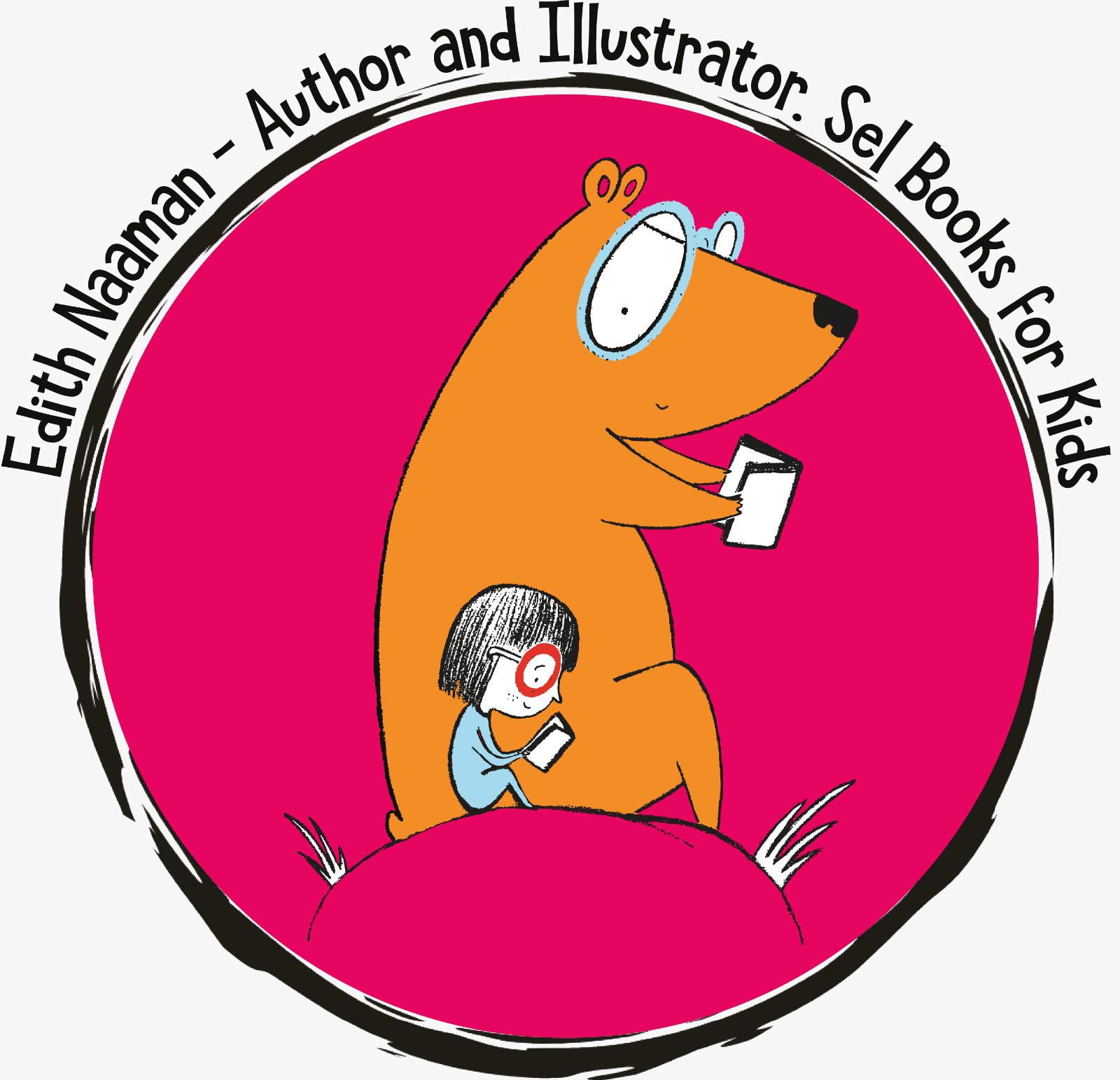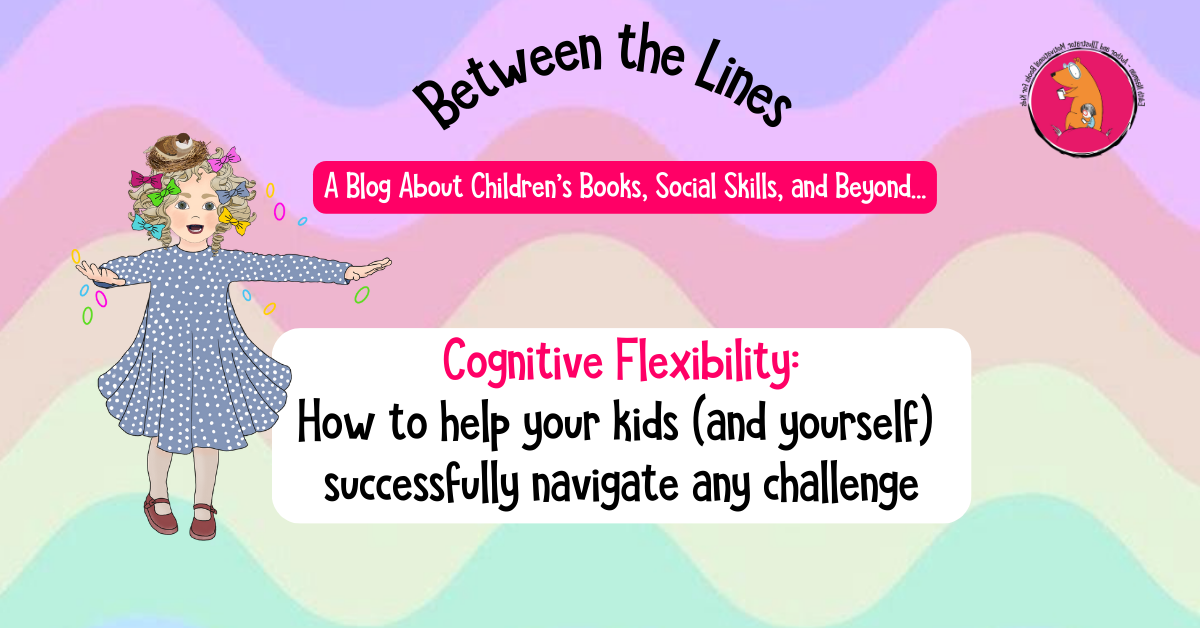Cognitive flexibility is the ability to adapt effectively to changes, challenges, and unexpected situations. It is one of the most essential life skills, primarily because it allows us to overcome the natural tendency of the human mind to analyze reality through only two perspectives: positive or negative.
Sound familiar? Do you also evaluate difficulties and obstacles in terms of acceptance or rejection? Good or bad? Black or white? For or against? What if we could see problems as chances to improve, challenges as ways to grow, and new ideas as a path to creativity?
In this article, we’ll explore the advantages of cognitive flexibility and how embracing this approach can change the way you and your children tackle challenges. Get ready to discover a fascinating perspective that often leads to unexpected but highly effective solutions.
I invite you to read, apply, and share!
Cognitive Flexibility: Why Do We Default to Black-and-White Thinking?
From an early age, we are conditioned to think in a dichotomous way—yes or no, winner or loser, good or bad.
But why is this the case?
Well, contrary to the common belief that humans are “rational beings” who make well-calculated decisions based on logical cognitive processes, the reality is quite different. It’s not our intelligence or reasoning that primarily influences our decision-making—it’s our genes. And their sole purpose is ensuring the continuation of the human species.
What does this mean?
Brace yourself 😊, because it means that our genes are wired to push us toward behaviors and choices that make us appear more attractive to potential partners, increasing our chances of reproduction. And in this context, there’s no such thing as a “win-win” scenario—there’s only one law of nature: “Only the strong survive.”
This instinct drives us toward dichotomous thinking: either we act in ways that make us appear strong, confident, and dominant (which increases our chances of passing on our genes), or we come across as hesitant, uncertain, and weak—making us less attractive in terms of evolutionary success.
But here’s the catch—real life is about much more than genes and survival. Our everyday reality is filled with challenges and obstacles that require effective solutions. And in these situations, survival-based black-and-white thinking is far less useful than the ability to adapt, think creatively, and find the most beneficial solutions for our current circumstances.
Cognitive Flexibility: The Ultimate Strategy for Making Smart Choices
One of the core principles of Neuro-Linguistic Programming (NLP)—a behavioral approach that helps people reframe their thinking to achieve their goals—is the idea that “there is always another option.”
Instead of getting stuck in limiting interpretations (a fascinating topic I encourage you to explore further), NLP encourages us to seek new ways to create inner change, redirect our thoughts, and generate more creative and effective solutions.
As an NLP Master Practitioner, I urge you to reflect on this article and consider how cognitive flexibility can help you and your kids reshape the “rules of the game” to achieve better outcomes—moving beyond the ancient survival mode of “fight or flight.”
Cognitive Flexibility: “There Is Always Another Option”
Unlike the automatic black-and-white thinking that dominates our minds, NLP teaches us that there is always at least one more option—even if it’s not immediately obvious, widely accepted, or even if it raises eyebrows or initial resistance.
For example, when we give children only two choices (e.g., “Would you like to wear the pink dress or the blue one?”), we unintentionally reinforce their tendency to think in a rigid, binary way. Instead, I encourage you to introduce curiosity, open-ended thinking, and a habit of exploring additional possibilities.
- If your child refuses to eat a certain vegetable, instead of saying, “It’s important because it will make you strong,” try briefly explaining the benefits of different vegetables and then ask, “If you could choose another vegetable, which one would you pick?”
- If your children insist, they “can’t” complete a task, instead of responding with, “Of course you can!” try guiding them toward problem-solving by asking, “If you could do it, how would you go about it?”
Unlike rigid, dichotomous thinking, which limits mental flexibility, shifting the focus to the possibility of an alternative approach helps children (and us!) see the world not as a place of restrictions and limitations, but as an environment filled with curiosity, creativity, innovation, and breakthrough thinking.
Bottom Line:
Cognitive flexibility is a crucial skill for adapting to change and overcoming unexpected challenges.
As you’ve seen in this article, it helps us move beyond our natural tendency toward binary thinking and allows us to explore additional possibilities. This article focused on one presupposition of NLP that states that “There is always another option.” This simple yet powerful mindset shift enables us to break free from limiting thought patterns and discover new, creative solutions that lead to success.
The Girl Who Raised Birds on Her Head
On the verge of giving up on her dream of pigtails, four-year-old Jordan, who dreads confronting the knots in her hair, welcomes on her head a bird’s nest that soon turns into a noisy, demanding neighborhood. But when she discovers a worm crawling on her pillow, she realizes it is high time to make a brave decision before the problem spirals completely out of control. Using her cognitive flexibility, she embarks on a journey to find a new solution to her situation…
“The Girl Who Raised Birds on Her Head” is a delightful, funny, and charming nonsense story, originally written to convince my little granddaughter to brush her hair. It quickly became a cherished part of our morning routine, helping us navigate the struggle playfully—until, before we knew it, the resistance was gone, and our mornings became peaceful again!
This hilarious book is the first in the “On the Bright Side” series, which takes young readers on a magical journey through essential life skills, encouraging them to embrace a positive outlook on life. With lively illustrations, playful rhymes, and an engaging story, this book makes learning enjoyable.
Now It’s Your Turn!
Loved this article? Share it with your friends!
Want to help your child build resilience and tackle challenges with confidence? Click the link below to download your copy of “The Girl Who Raised Birds on Her Head!”

